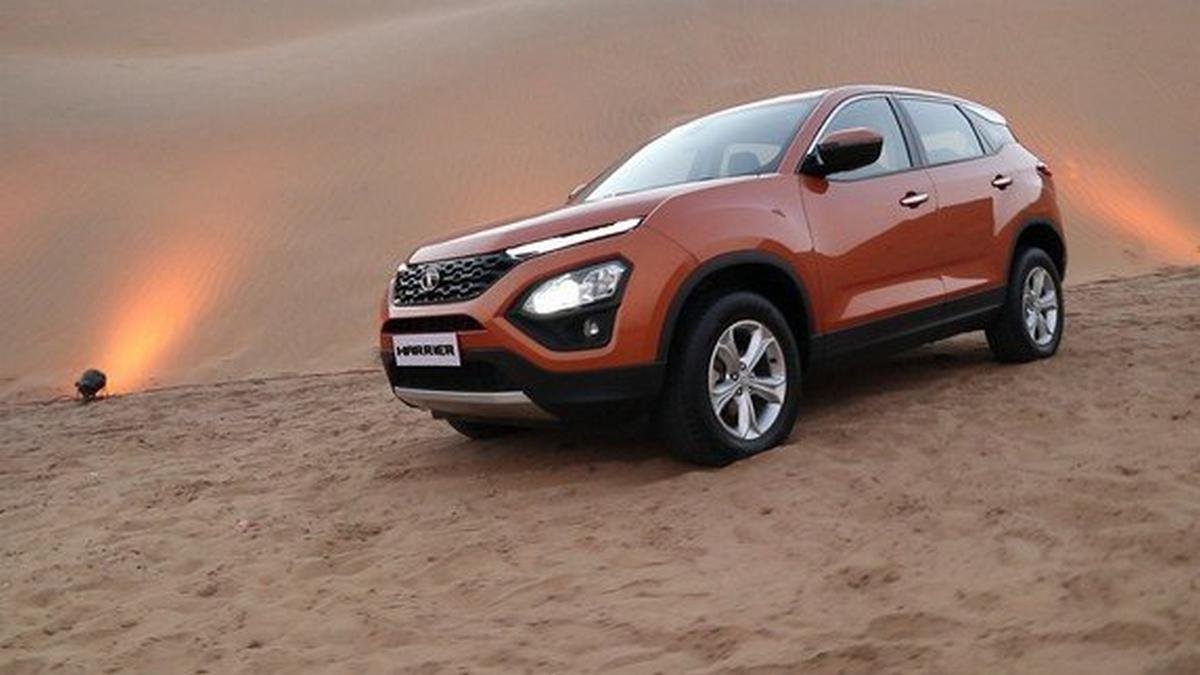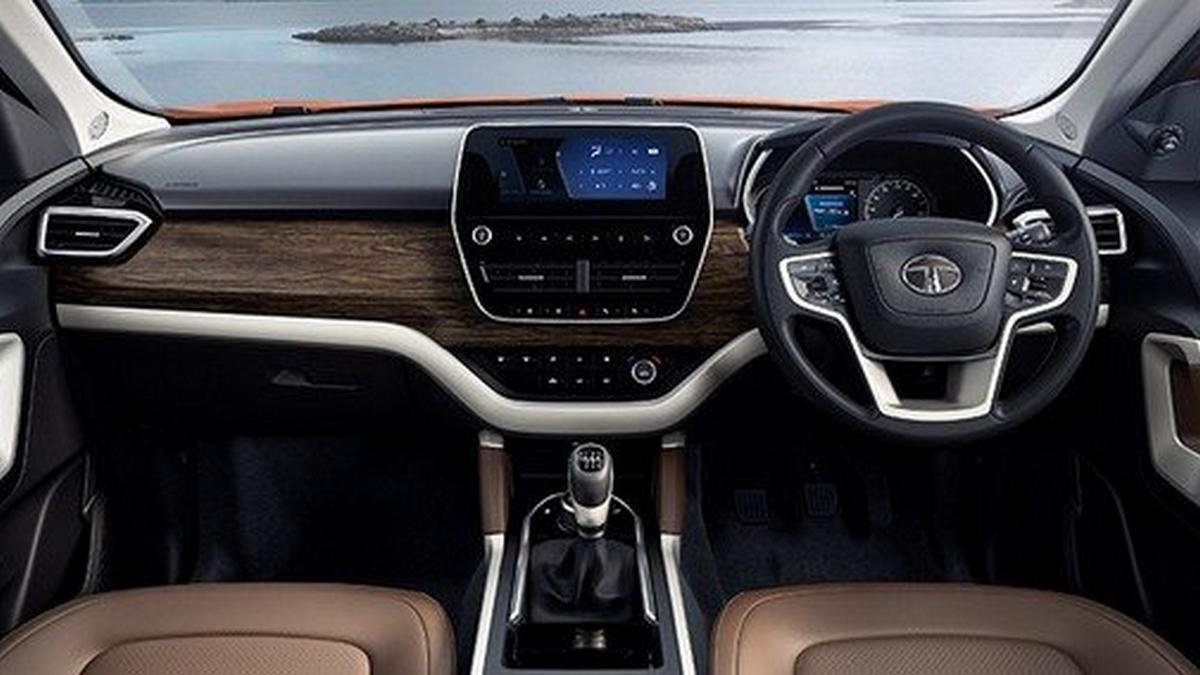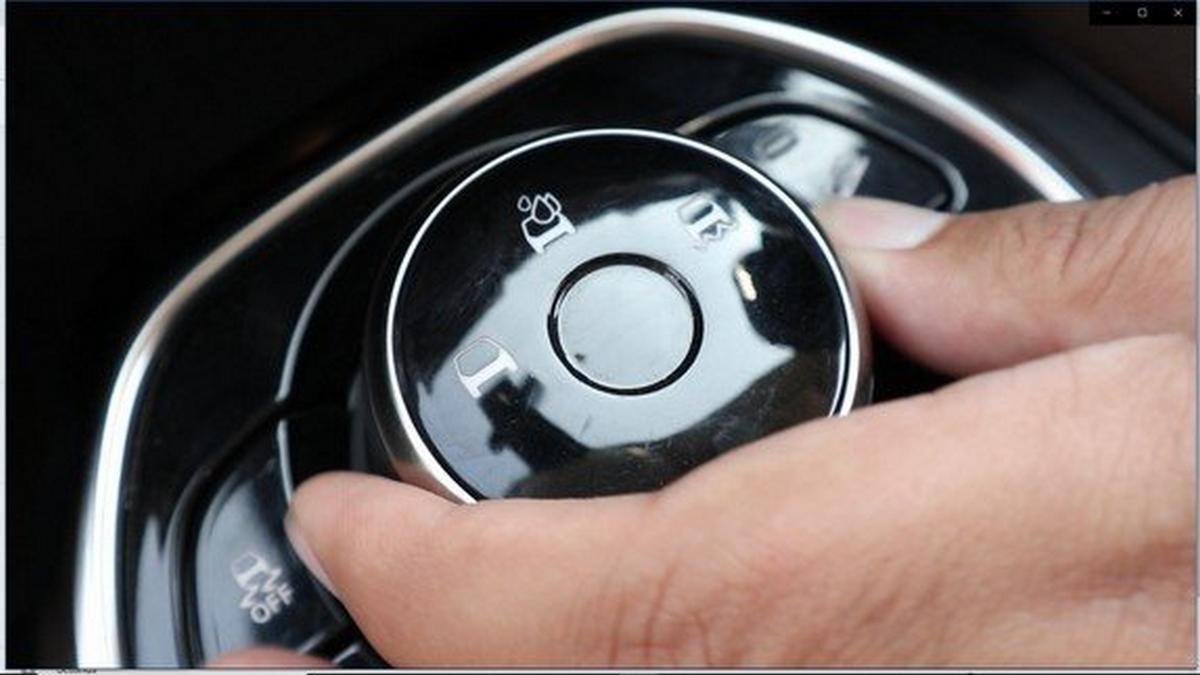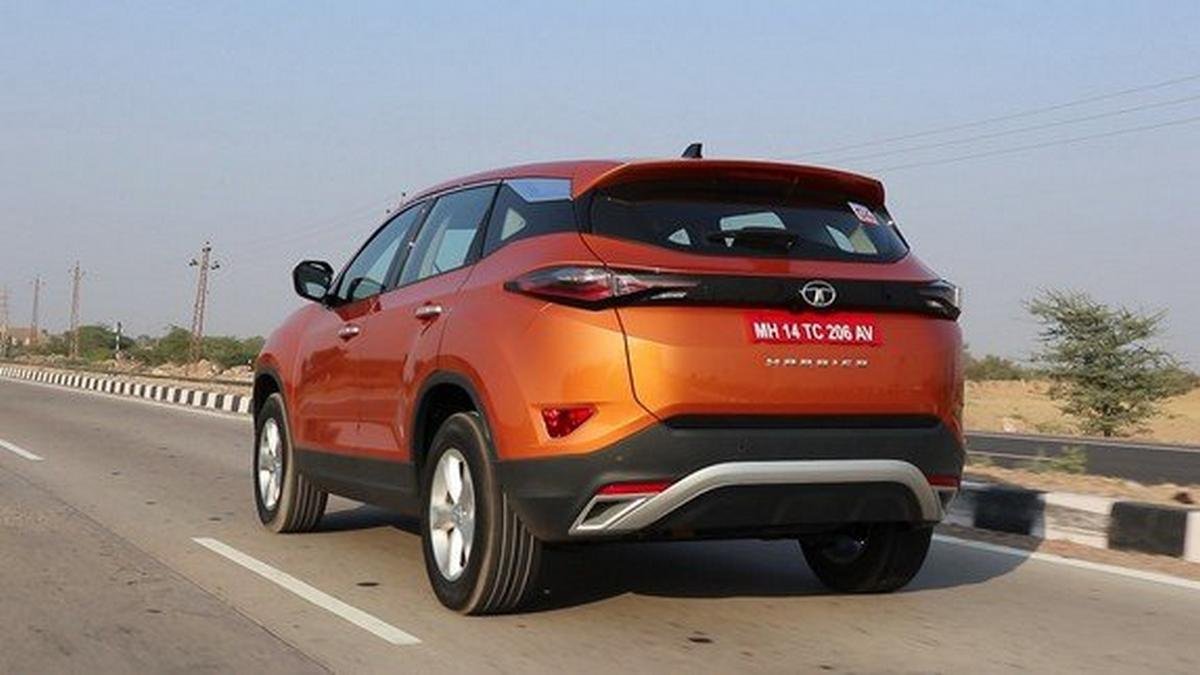Popular News
YOU MIGHT BE INTERESTED IN
Tata Harrier caught testing with new automatic transmission
by IndianAuto Team |
28/03/2019
With shots of a new Harrier covered in camouflage, doing the rounds, could this be the new automatic variant of the new Tata? Our post will tell you how good the car is and how this will make it better











 Follow us on google news
Follow us on google news
